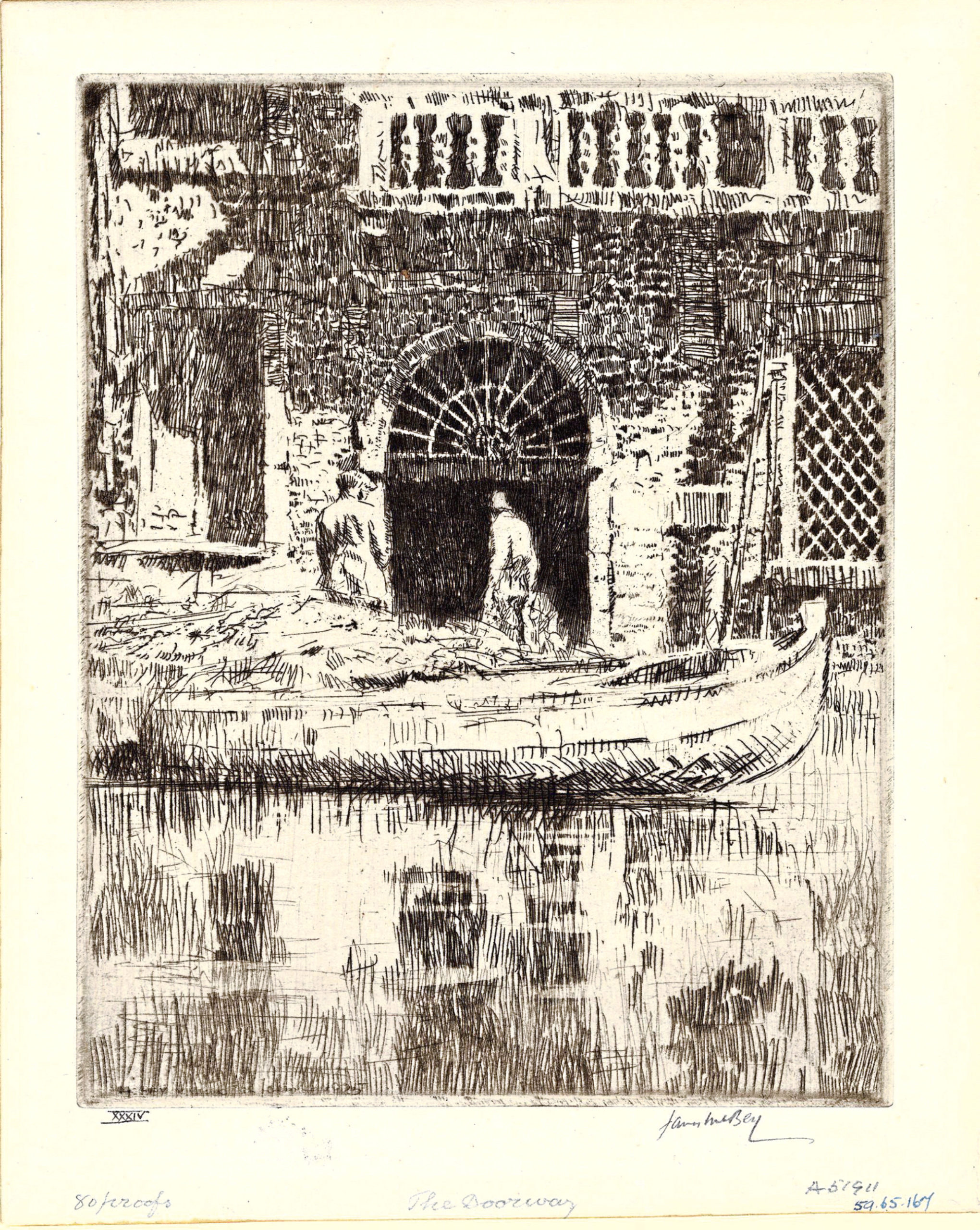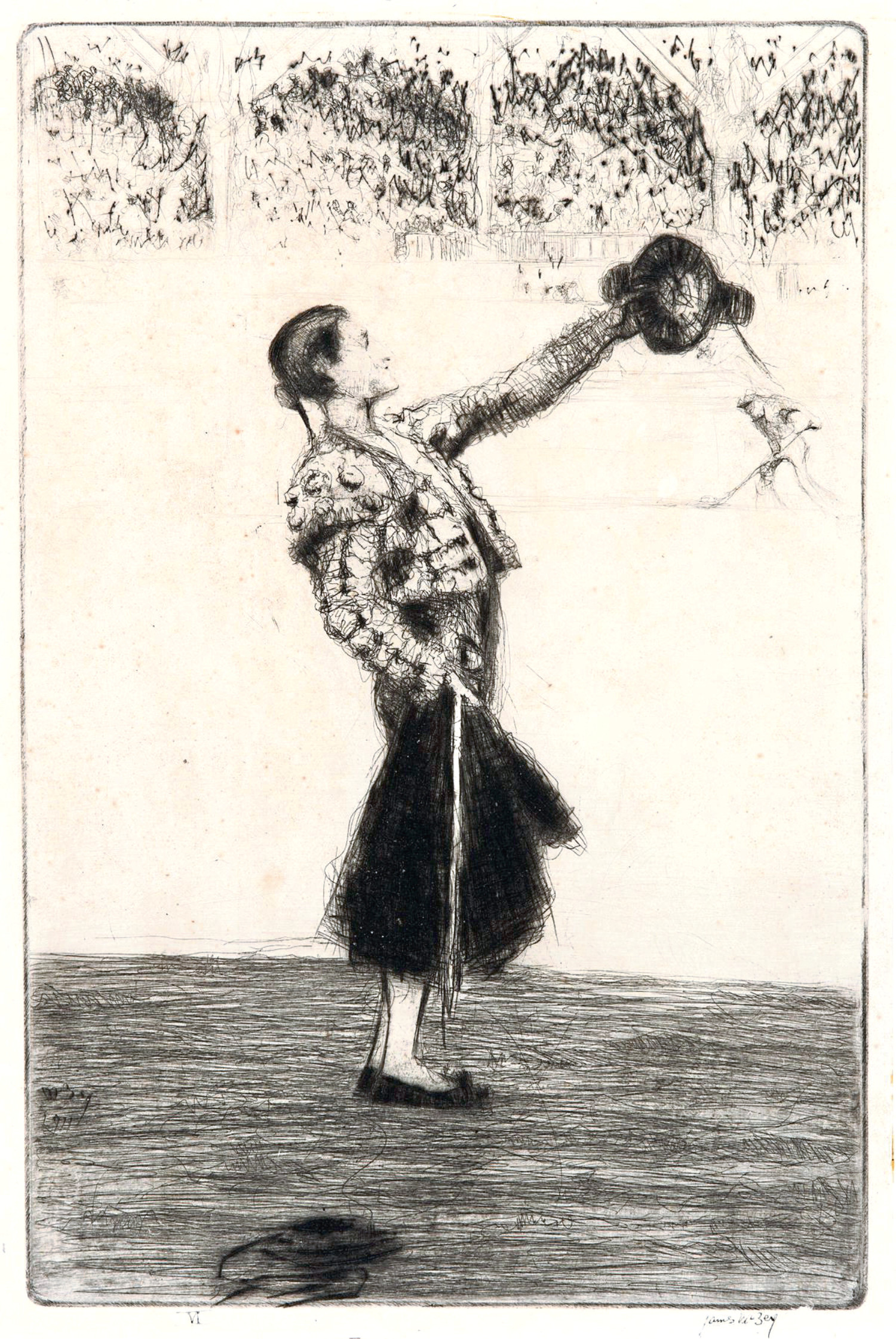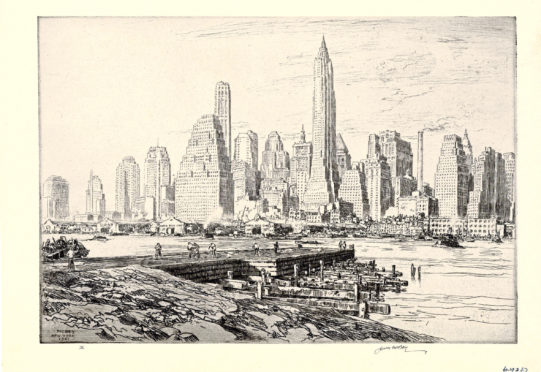Although lockdown restrictions may have frustrated our natural desire to “get away from it all”, recent announcements suggest that holidays and travel may become part of our lives once again. To whet your appetite, let’s escape to some exotic destinations with local artist James McBey.
McBey (1883-1959) was an Aberdeenshire-born etcher, draughtsman and painter. Born in Newburgh, McBey was self-taught, learning about art from library books.
After reading about etching, he focused on printmaking, but with no printing press available, he produced his first etching using a domestic mangle.

McBey rose to become one of the most important printmakers in Britain during the 20th Century. Aberdeen Archives, Art Gallery and Museums holds the world’s largest archive of his work.
By 1910, McBey had abandoned his job in a local bank and launched his artistic career by travelling to the Netherlands. It was while he was there that he realised the merits of using antique papers with their soft, velvety texture and he returned with two sketchbooks filled with pen drawings and small oil paintings.

McBey moved to London in 1911, later visiting Spain where he created seven etchings about bull fighting. In the same year, McBey’s first exhibition of prints in London was a huge success and confirmed his place in the art world.
Working towards his next exhibition, McBey visited Morocco in 1912. His love of travel was strengthened still further during the First World War when serving as an official war artist in the Middle East with the Egyptian Expeditionary Force.
After touring and living in Europe and America, he and his wife, Marguerite, were lured back to settle in Morocco because of their fascination with the place and its people.
There is incredible depth and vitality in McBey’s realistic interpretations. I am always amazed by his subtle application of light and shade. His pictures make me want to discover Venice, New York or some other faraway destination all for myself.
Why not feel inspired to see other locations and works by James McBey online at
aberdeencity.gov.uk/AAGM










